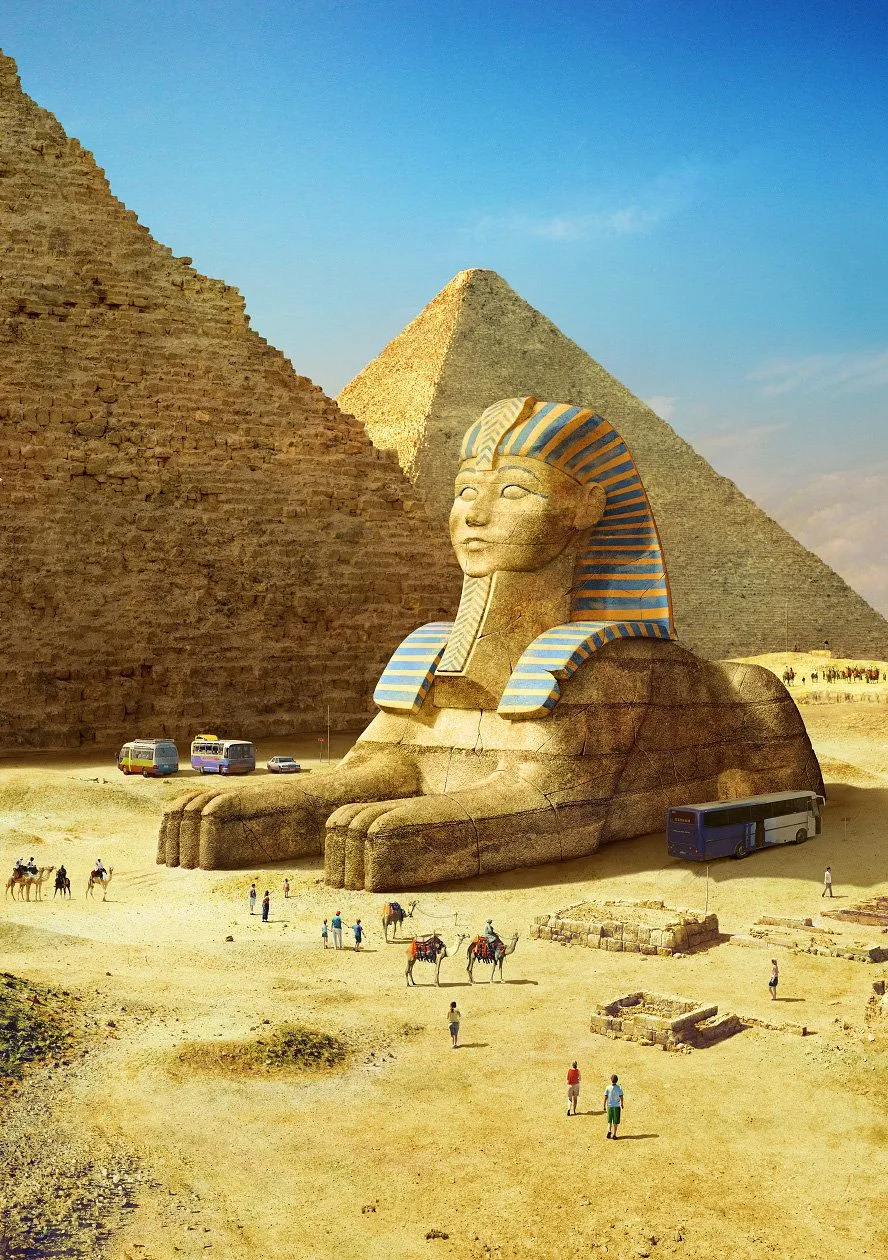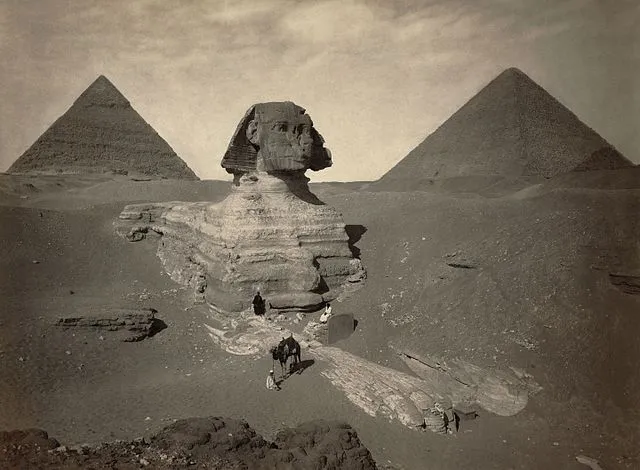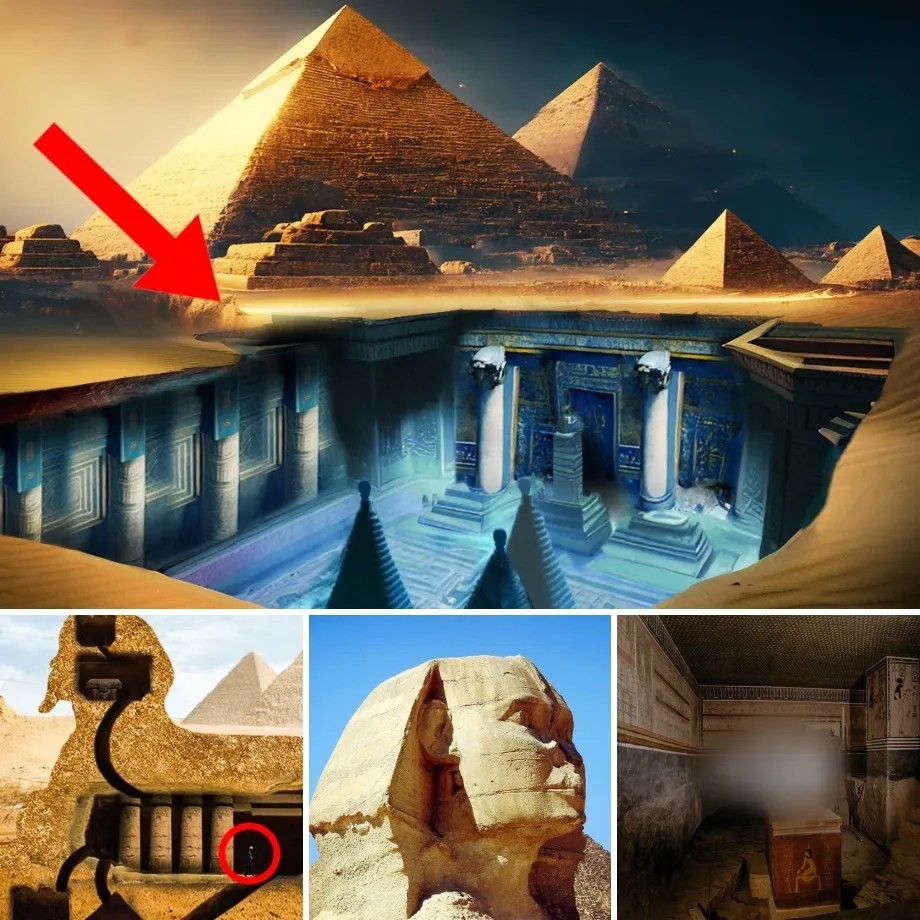Sphinx’s Hidden Chambers: Scientists Left Curious
The Egyptian Sphinx at Giza could be the entrance to a “secret city” underground, according to the latest research by historians.

Malcolm Hutton and Gerry Cannon believe that the Sphinx that sits on the sands of the Giza Plateau, opposite the Great Pyramids, could be the gateway to a labyrinth of tunnels and passages and an entire “underground metropolis” that has been lost to the world due to a cover-up by the Egyptian authorities.
The historians explain in their upcoming book “Secrets of the Giza Plateau and a Second Sphinx Revealed” that news of this lost city first made headlines because of a March 1935 Sunday Express article about excavations being carried out at an underground city then said to date back 4,000 years.
The couple says that after that report, nothing more was heard about this city.
Cannon told Express.co.uk: “It was as if all living Egyptologists had lost interest in this wonderful underground metropolis, as all their articles over the next few years focused more on tombs of queens and shafts that had been sunk deep into the ground to the burial tombs.”

Historians believe that a hole at the top of the Sphinx’s head could be an entrance to this lost city, along with other openings in the structure.
However, they claim to have come up against a “wall of pink granite blocks” from the Egyptian authorities.
Cannon said: “There are things down there, tunnels. A lot of people have written about it but they try to cover it up.
“Nobody knows what is down there, nobody has been able to investigate.
“They are afraid that if they find things down there, all their books and all their history will blow out the window.
“They started looking into it but then they stopped. They must have known there were things there but they are worried.”

“Once their entire story is proven wrong, all the books they have written will be thrown away. If they have found something, they don’t dare to show it.
“There are entries, there are photographs that prove it. There is a hole in the top of the Sphinx, in its head.
“Why would it be there? It goes down about 8 to 10 feet and then goes into hallways.
“They have never brought cameras there, or they have and do not want to show them.”
To further complicate the mystery surrounding the origin of the pyramids and the Sphinx, the authors claim that the head of the Sphinx has changed since it was first built and that while the body is made of limestone, the head is carved from an artificial substance.

Cannon said: “It is obvious from the totally different construction material and colour of the Sphinx’s head that we believe it is not rock but some kind of man-made substance compared to its limestone and eroded body.
“The head and face of the Sphinx must have changed from their original form long after the monument was first carved. There is hardly any damage or erosion on its head compared to its body.”
However, Egyptian authorities say it is not possible to investigate the complaints because they say the chambers are blocked or filled with water.
Former Minister of State for Antiquities Zahi Hawass had previously said that there was nothing beneath the Sphinx.






